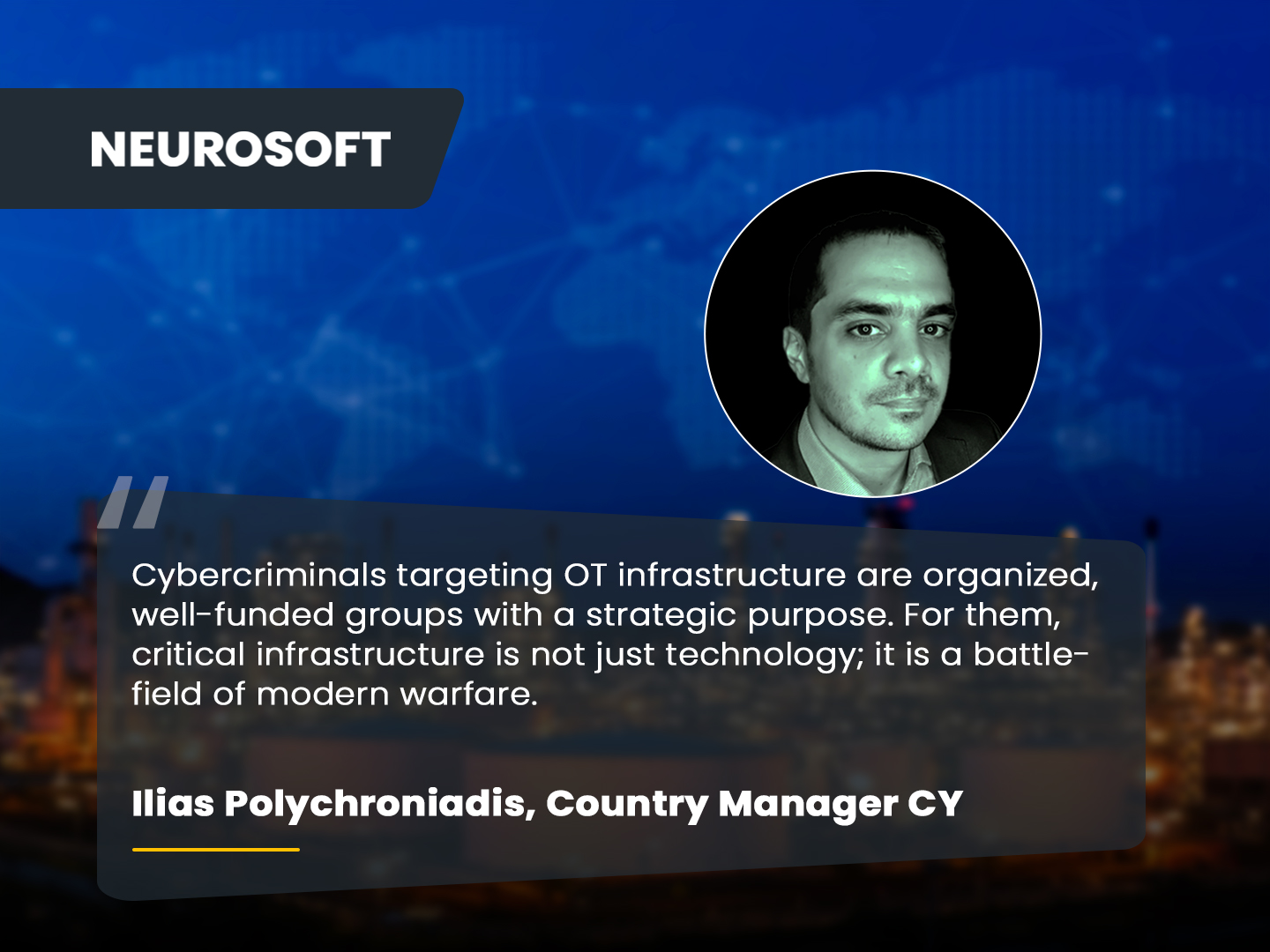EMERGENCY
Cyber
• Jul 8, 2024
Cybersecurity Posture Evaluation for SMEs
In today's digital landscape, cyberattacks pose a constant threat to organizations of all sizes, including small and medium-sized enterprises (SMEs). But fear not! There exists a powerful strategy to protect your data and systems: The Layered Approach to Cybersecurity. This approach has inspired us to create a comprehensive Security Posture Evaluation, aimed at helping our clients implement a robust cybersecurity strategy. First, let’s quickly examine the market landscape and the challenges that drive SMEs to adopt a comprehensive cybersecurity strategy to drive business growth.
-
Wide attack landscape & cyber risk
-
Broader business & compliance challenges
-
Lack of manpower & expertise
-
Customer trust & peace of mind
Layered Approach to Cybersecurity
Cybersecurity is often conceptualized in terms of a layered approach to protection, typically using the concept of defense in depth. Implementing these layers collectively provides a comprehensive defense strategy against various cyber threats, with each layer contributing to overall security resilience and risk mitigation.Τhe key layers of the Layered Approach to Cybersecurity
Imagine your cybersecurity like a well-fortified castle. Just as a castle has multiple layers of defense (walls, moats, guards), a layered security approach utilizes various tools and techniques to impede attackers at different points.- The Human Layer: This layer is all about Employee Training. It equips employees with the knowledge to identify and thwart phishing attempts, social engineering and other cyber threats, giving them the power to be the first line of defense.
- Perimeter Security Layer: Think of firewalls as the protective barriers around your network fortress. They carefully filter all incoming and outgoing traffic, using predefined security rules to keep the bad stuff out.
- Network Security Layer: Network Segmentation functions like the troops into the fortress. It strategically divides the network into smaller, easier to protect segments, making it harder for an attack to spread and cause damage.
- Endpoint Security Layer: Don't forget about the Endpoint Security Layer, an additional defense for your fortress. This layer includes Antivirus and Anti-Malware to shield individual devices from malicious software and viruses. It also features Endpoint Detection and Response (EDR) to keep a close watch for threats and act swiftly in case of any incidents.
- Application Security Layer: This layer acts like the guardian of software and devices from threats. Secure coding practices and vulnerability management tools shield applications from exploits. ️ Data Security Layer: Encryption safeguards sensitive data at rest and in transit, making it unreadable even if intercepted. Data Loss Prevention (DLP) prevents sensitive data from being accessed, misused, or lost.
Cybersecurity Posture Evaluation for Small and Medium Enterprises by Neurosoft
Dear SMEs, Neurosoft’s approach is to assist Small and Medium-sized Enterprises (SMEs) in adopting a cybersecurity strategy, by tailoring for you a special plan to assess your cybersecurity maturity, embrace the layered approach to cybersecurity and fortify in depth your defenses today. Let’s outline the crucial steps involved: User Security & Phishing Awareness: In this phase, we will address the Human Layer, acknowledging that employees are frequently the most vulnerable aspect of the security chain. Consequently, it is imperative for organizations to prioritize empowering their end-users to serve as the final line of defense. This approach fosters the establishment of a robust security culture, effectively creating a human firewall. The primary objectives include the following:- Understanding the threats and their direct impact on the company's security
- Learning how to protect oneself from the most common types of attacks
- Acquiring the knowledge to safely utilize basic services (e.g., email, web browsing)
- Understanding the appropriate course of action upon becoming aware of an attempted breach of Information Security
- Minimizing impact by rectifying issues and implementing best practices in the public-facing infrastructure
- Identifying attack paths to enable the organization to intercept attacks at any stage of the Attack Kill Chain
- Identifying and remedying vulnerabilities and misconfigurations that affect the organization's assets
- Identifying assets vulnerable to external malicious actors
- Evaluating the organization's current security posture, identifying vulnerabilities, and assessing compliance with industry standards and regulations
- Highlighting areas where the organization may lack cybersecurity maturity and recommending appropriate remediation measures
- Findings: The report will include all findings of the provided services and their criticality.
- Recommendations: Neurosoft experts will provide technical and operational recommendations based on the specific client’s environment and the criticality of the findings.
- Prioritization: All recommendations will be prioritized with a risk-based approach so that customers can have quick wins and enhancements on their cybersecurity posture.
- Roadmap: Our team will guide customers in mitigating gaps, and create a tailored roadmap.
Read Next
Nov 27, 2025
Neurosoft in Action: The November Edition
Nov 14, 2025
Cut Security Costs, Not Business Safety with CISOaaS
Oct 24, 2025
Pink@Work: Awareness Doesn’t Stop at Cybersecurity

Start your journey
Our team of seasoned experts is dedicated to delivering tailored solutions that perfectly align with your specific business needs and objectives. Do you want to help you navigate your path to success?






